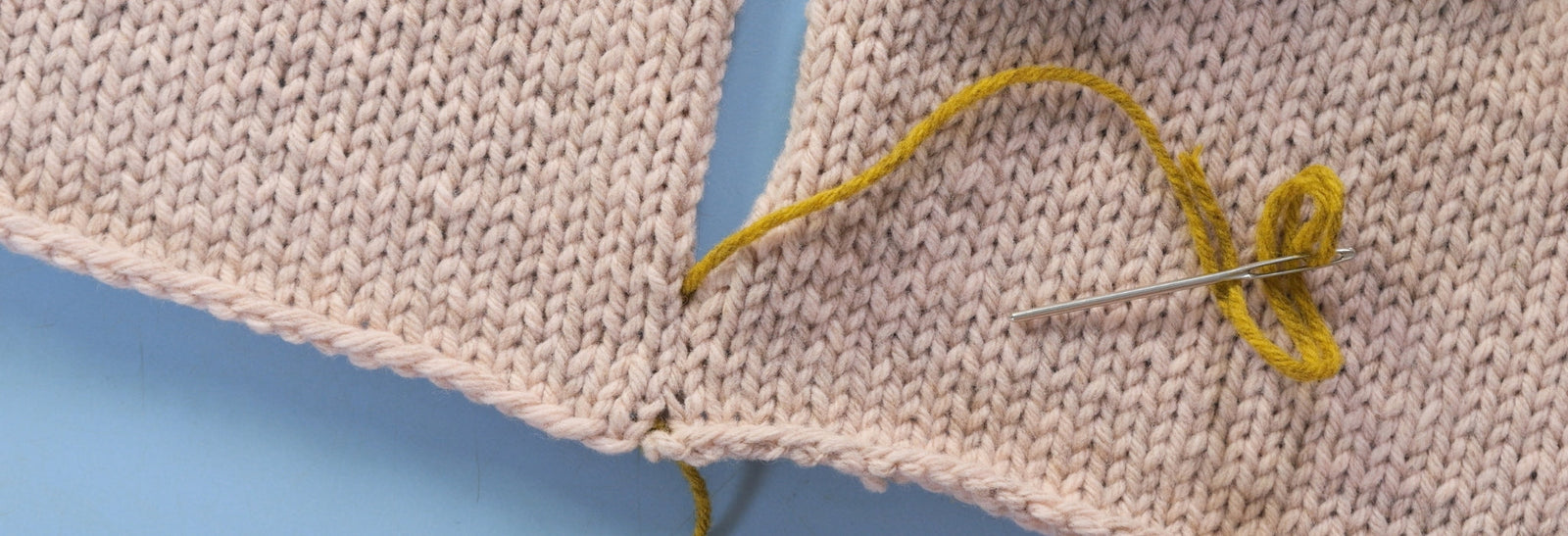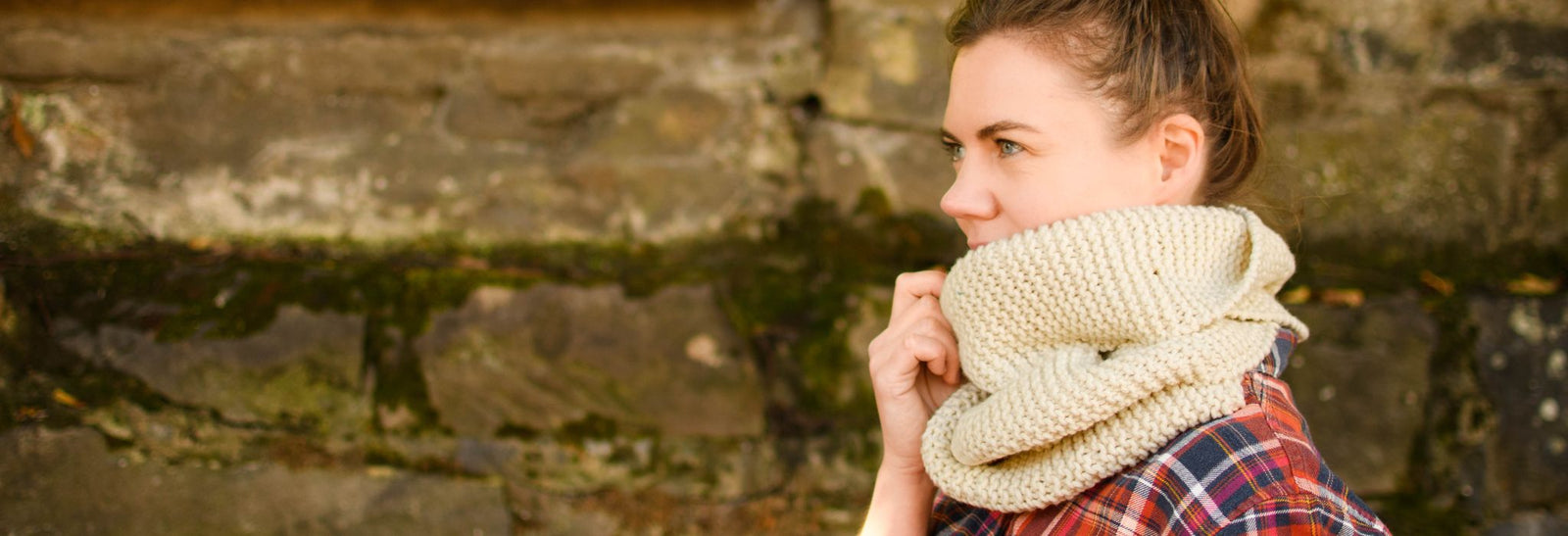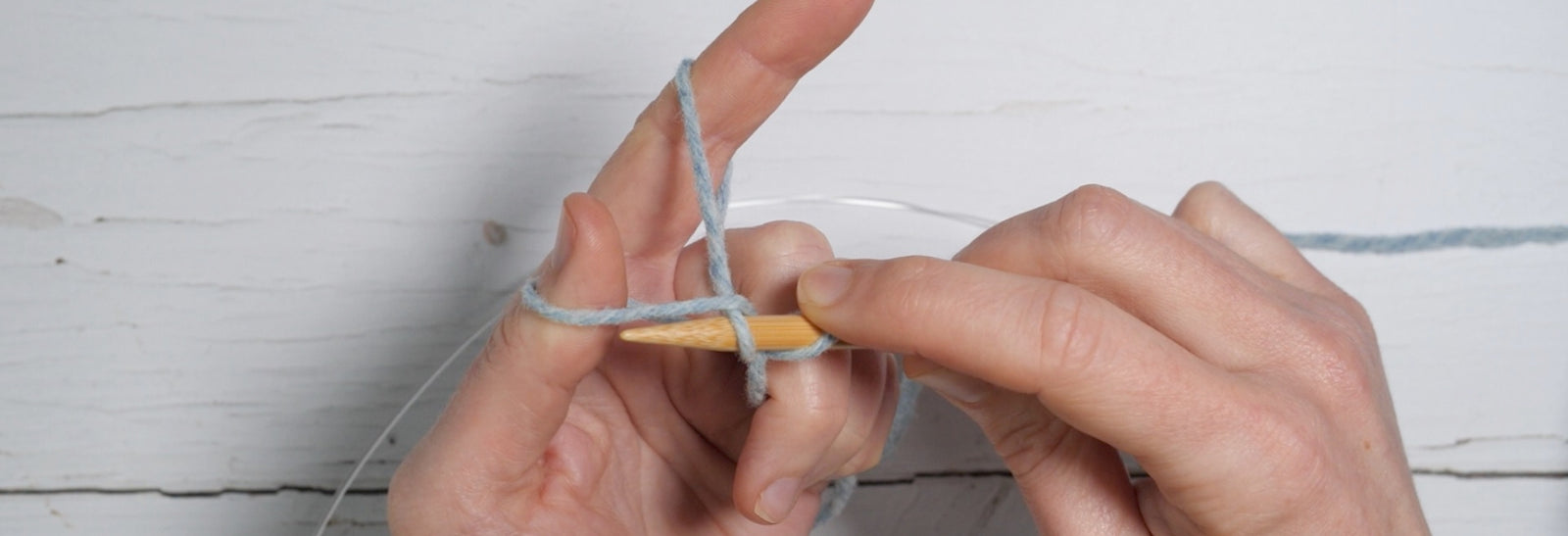Your Cart is Empty
Extend your textile practice with The Modern Natural Dyer
November 18, 2015
Crushing flower petals onto paper only to watch the vibrant prints fade to a murky brown; the casual mention by a science teacher as we experimented with beakers of red cabbage, washing soda and vinegar that the same colour changing process meant you couldn’t make a pink dye from beetroot; tie dyeing in a bucket on the drive way with sharp, clashing colours from little plastic packets — it was such a joyful relief to discover as an adult, although the thing about beetroot was true, it was entirely possible to dye rich, vibrant colours from many other natural sources.

Kristine Vejar first discovered that joy on a research trip to India while studying art history, describing “stacks of colored, intricately patterned fabrics [which] were on prominent display throughout the city”. When she learned that they were coloured using dyes derived from plants she was full of questions, about the possible colours, the plants used, and the dyeing process. That curiosity led Kristine on a quest that took her to the remote region of Kutch where centuries old techniques for dyeing and printing fabric continue to be practiced, and eventually to her current business and writing this book. After returning to the United States from a second, longer, stint in Kutch on a Fulbright scholarship and unable to find a way to continue researching textile practices from an art history, rather than anthropological, perspective Kristine channeled her passion for natural dyes and love of working with her hands away from research and began dyeing yarn in her kitchen. A Verb for Keeping Warm was born, motivated by the reactions of her first customer who responded to the colours just as Kristine herself had in India: “their faces lit up and they peppered me with questions similar to those I had asked in Kutch — the what, why, and where of natural dyes.”
In a recent interview for a local podcast Kristine recalled spending her lunch breaks, while working at The Textile Museum in Washington D.C., poring over the extensive collection of books in their library. Fascinated by what she read about natural dyeing, Kristine was also frustrated as she struggled to understand the processes, or even the terms used. So much of dyeing, like any craft, has to be learned through hands on experience, but this book is a wonderful example of an author writing the book they wished had existed when they started — a direct response to those questions asked by her younger self and anyone who’s encountered the seeming magic of naturally dyed textiles.
Kristine is refreshingly upfront about the fact that the book is not trying to be an all encompassing resource on every dyestuff or process (indeed, that might be an impossible goal!), stressing that she is constantly learning as “natural dyes almost seem alive as they respond to a variety of elements.” If your interest in natural dyeing is prompted by a desire to use local plants or forage for fungi you’re likely to find the book works best as a companion to other works focussed on the particulars of identifying and working with those. It’s a valuable and accessible starting point and includes an extensive resource list and bibliography for when you’re ready to go further.
The book is broadly divided into two parts. The first looks at the materials used, both the dyestuffs and the fibres they’re applied to, and the basic steps of the dyeing process from fibre preparation to final drying while the second is project based with detailed dye recipes and step by step instructions for both knit and sewn items.

The chapter on dye sources focuses on the most accessible (in terms of availability and process) and includes a brief history of natural dyeing and addresses the question of why you would even want to use them in an age where synthetic dyes are so readily available. You may not know this, but Kristine loves to cook, particularly when it involves detailed recipes and unusual flavour combinations — a meal at her house is always a treat. The beautiful layouts in the Catalog of Color are styled more like spreads from a cookbook than a craft one show 24 sources of dye alongside the range of colours achievable on a variety of fibres.

Kristine is as passionate about fibre sourcing, carefully considering how and where those fibres are made, as she is about dyeing and the next chapter looks at the materials that dye can be applied to. Different types of both protein and cellulose fibres are detailed including special considerations for protecting each from the potential stresses of the dyeing process. There are tips for preparing unspun fibre, yarn and fabric — crucial if you don’t want tangled yarn and stretched out cloth! There’s enough information about different fibres to encourage exploration without being overwhelming or inappropriate to the broader subject of the book — I love that there’s a shoutout to reaching beyond merino though.
Dyeing 101 goes through all of the steps in the dyeing process from initial preparation to drying but also includes helpful advice about setting up a workspace and the supplies needed. There’s also a focus on preparing for a successful ongoing practice beyond a single project that’s helpful without making it seem like you need a large, professional set up to get started.
The second, and largest part of the book is project based, which I initially was less excited by. They’re beautiful and inspiring, but I’m not sure I’ve ever followed the steps and made a project from a craft book — I feel the same way when I find precious pages in an information rich book like The Knitter’s Book of Wool devoted to patterns instead of even more information, I just want to keep reading! However, I understand that including projects with full instructions can make a big difference to how a craft book sells. That’s challenging enough in the current market and, more importantly, reveals that not every reader feels the way I do. Reading further, I came to appreciate that the inclusion of the projects was carefully considered. Each highlights a specific type of dye or process, building in both skill and resources required and the directions are detailed enough that they can be worked through from beginning to end. For those of us who are genetically unable to follow a recipe as written many suggestions are included for switching things up.

The projects use both whole dyestuffs, including ones you might find in your kitchen or surrounding landscape, and extracts which make it easier to achieve the kind of repeatable results a commercial studio such as A Verb For Keeping warm demands. Before the projects using dye extracts, an extensive shade card is included showing potential colours using different dyes and processes on both yarn and cloth. There’s just something compelling about shade cards, and I could stare at these for hours.

Last weekend I took an introductory class on natural dyeing with Julia Billings at the Glasgow Botanic Gardens where we created our own shade cards with twenty five shades, all achieved from the same madder dye bath. As we carefully kept track of which bundle of yarn had received which mordant and post-dye treatment and tied them to our cards someone described the process as “the perfect blend of magic and admin” — such a great description!
Throughout the book Kristine stresses the importance of record keeping, both so that you can reproduce a loved result but as part of a wider mission to focus on approaching dyeing as a practice, as a continual learning process. As the photographs of her journal, filled with notes and scraps of textiles, thrilled my stationary and shade card loving heart I began to see the inclusion of projects in the book as part of that broader mission — they’re an encouragement to pull on some gloves and learn by doing.

To make things even more accessible, and this is where I find the projects really appealing, Kristine and her team at Verb have assembled beautifully packaged kits including all of the materials needed for several of the projects in the book — and now I really want a teeny tiny whisk! You can order these kits directly from Verb.

The Modern Natural Dyerwas one of the last edited by the inimitable Melanie Falick before her departure from STC books and is a perfect example of her ability to bring out the best in an author’s voice and vision.
If you’re inspired to give natural dyeing a go Abrams have kindly offered a copy to one lucky reader. Just leave a comment here telling us what you’d like to dye and I’ll pick a random winner next Thursday, November 26th.
Started in 2007 by Kristine, A Verb for Keeping Warm has been home base for Kristine’s explorations into natural dyeing and is located in Oakland, California. It is the home of The Modern Natural Dyer – as this is where Kristine has conducted all of her research for this book.
The Modern Natural Dyer and the series of natural dyeing kits which accompany the book – are all available through the A Verb for Keeping Warm website.
Also in Journal

Learn to Knit: Mattress Stitch
March 29, 2023
By following our step-by-step mattress stitch knitting tutorial, you'll learn how to make your seams look beautiful and how best to prepare your knitting so that when you seam it with mattress stitch, it goes smoothly on the first try.
Read More
How to Knit a Scarf: A Beginners Guide to Scarf Knitting
March 23, 2023
Want a quick and easy beginners tutorial on how to knit a scarf? This garter stitch scarf is easy to knit and requires just 3 skills; casting on, the knit stitch and casting off.
Read More
Learn to knit: the long tail cast-on
February 03, 2022
The long tail cast on is a great multi-purpose knitting cast on and the perfect place for beginner knitters to start. Learn how to work the long tail cast on and how to estimate the length of yarn needed with our clear step by step tutorial and video.
Read More Recent Articles
- Learn to Knit: Mattress Stitch March 29, 2023
- How to Knit a Scarf: A Beginners Guide to Scarf Knitting March 23, 2023
- Learn to knit: the long tail cast-on February 03, 2022
- How to Kitchener Stitch December 09, 2021
- Crochet Provisional Cast-on December 02, 2021
- Learn to knit: How to knit in the round with double pointed needles November 25, 2021
- Learn to knit: How to knit in the round using the magic loop technique November 25, 2021
- Learn to knit: How to knit in the round November 25, 2021
- Knitted Gift Ideas for you and your loved ones November 18, 2021
- Celebrating our Porty Hat Preview Knitters October 28, 2021
Free resources
-
KALS, step-by-step pattern guides and free patterns
Learn brioche with the free Daniel's Hat pattern
Tombreck - a free chevron beanie pattern
Working the brioche neck detail on the Polwarth sweater
Basics
Casting on
Decorative Channel Island Cast-on
Binding off
3 Easy Stretchy Bind-offs (p2tog bind-off; k2togtbl, k1 bind-off; Jeny's surprisingly stretchy bind-off)
Tubular Bind-off for brioche stitch
Increasing
Paired increase methods compared
Decreasing
Brioche stitch double decreases
Knitting in the round
How to Knit in the round using Magic Loop
How to Knit in the round using DPNs
Short rows
Swatching and gauge
Tips and tricks
Avoiding ears when binding off
Tighter purl stitches for neater cables and ribbing
Cabling without a cable needle
Reading knitting patterns
Understanding "continue in pattern"
Finishing
Garment knitting
Joining the body and sleeves on a seamless bottom up sweater
Sizing
Inclusive garment knitting
How to pick a garment without a model for you (specifically addresses finding garment patterns when your gender identity isn't represented and the styles you want to knit might not be sized to fit your body)
How does ease affect inclusive size ranges?
Specific stitch patterns
Lace
Identifying and fixing mistakes in lace knitting
Colourwork
Getting started with stranded colourwork
Understanding colour dominance
Working stranded colourwork over small circumferences
Decreases in stranded colourwork
Holding the yarn for stranded colourwork
Ladderback Jacquard (a neat way to deal with long floats)
Cables
Cabling without a cable needle
Cabling without a cable needle on the wrong side
How to knit cabled decreases
Closed ring cable increases and decreasesBrioche
How to work brioche stitch in the round
Other crafts
Cross stitch
How to begin your first large cross stitch project
How to finish a cross stitch project with an embroidery hoop frame
Mending

Sign up today
Find out the latest news from the studio such as sales, pattern releases, and new workshops or KALs our learning community, The Knitwork. We also share helpful tips and exclusive subscriber discounts...

